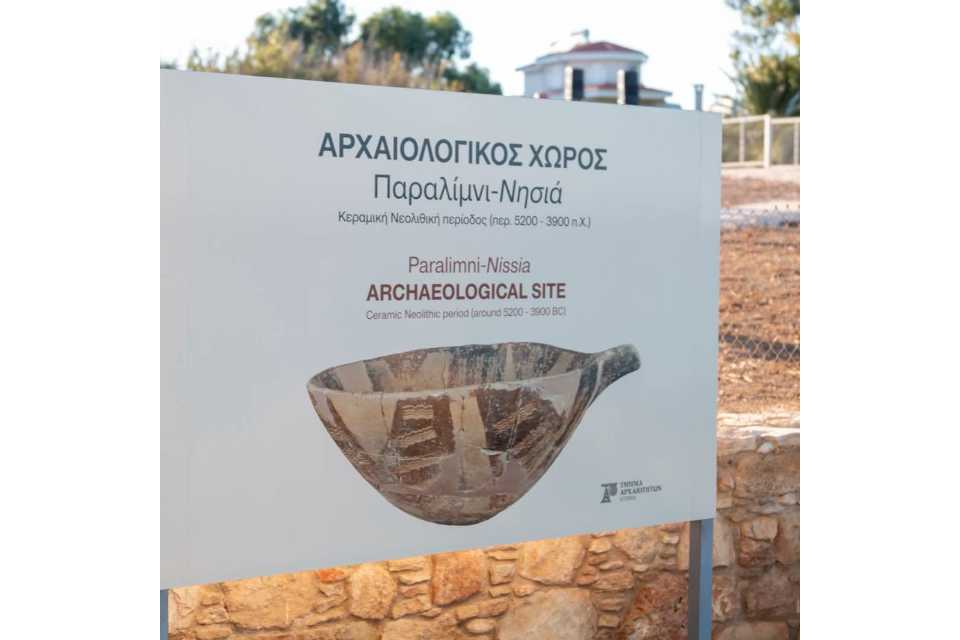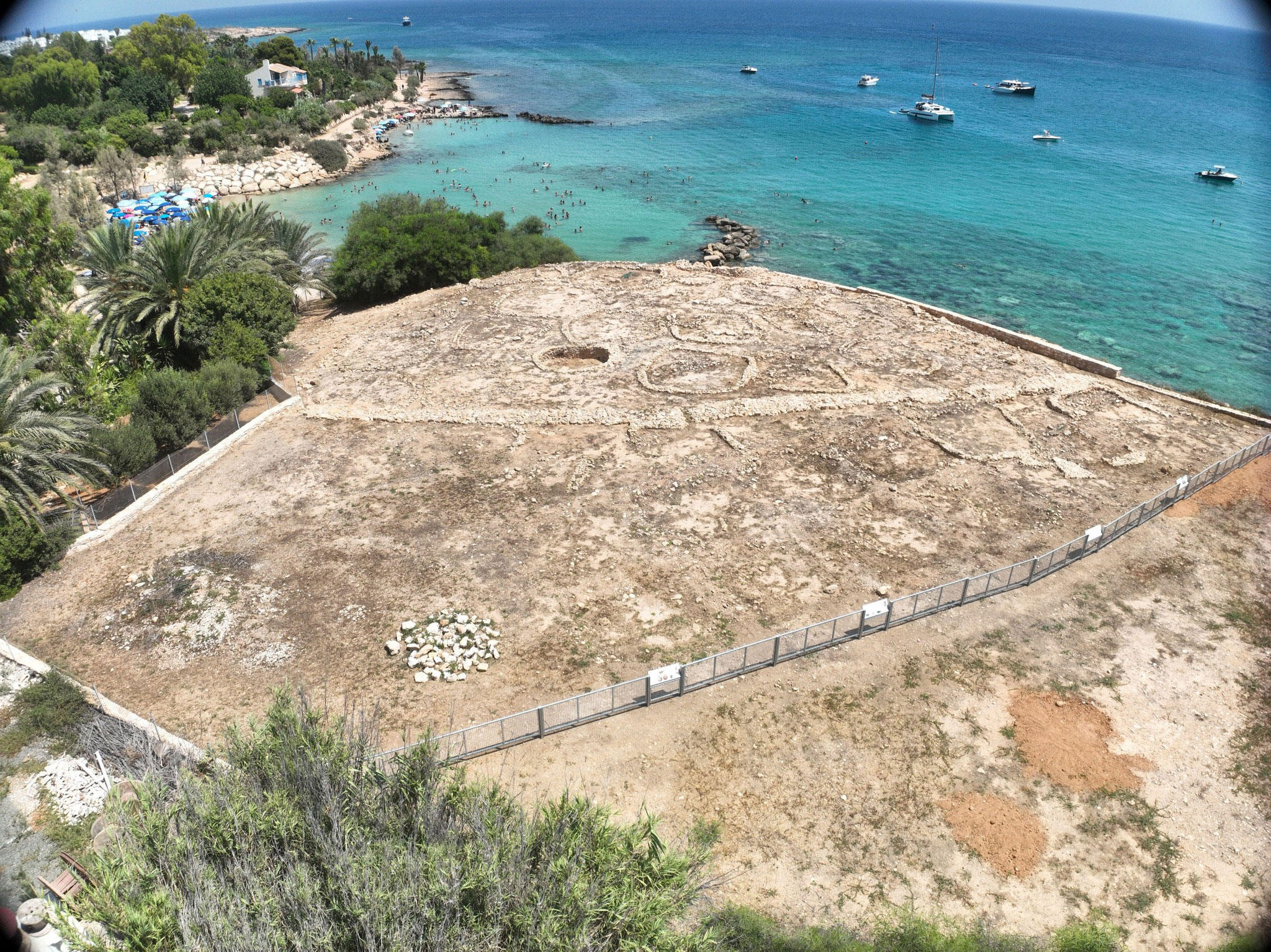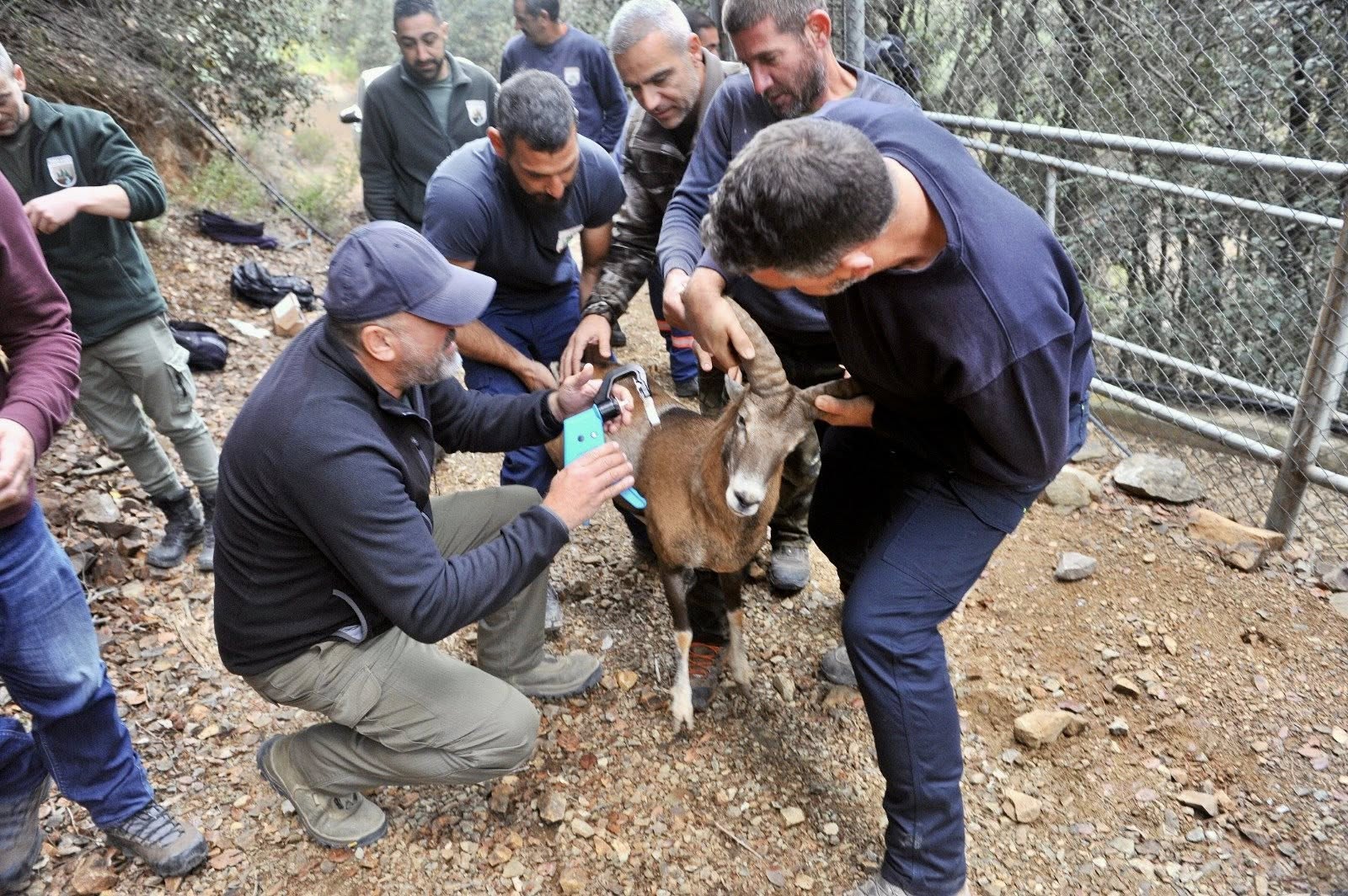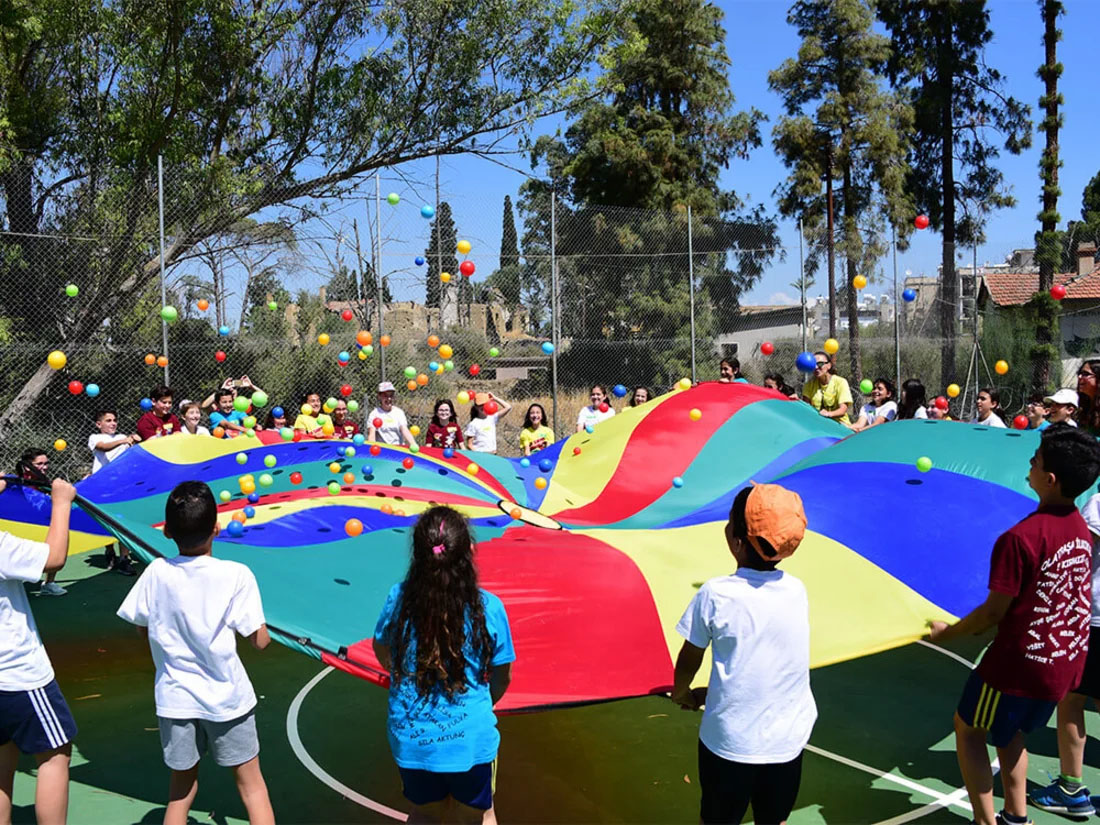The Neolithic-period archaeological village of ‘Nisia’ in the Protaras area of Famagusta District is the oldest known site in the area, Deputy Culture Minister Vasiliki Kassianidou said on Thursday.
“The ‘Nisia’ site, was a neolithic village built on the eastern coast of Cyprus in the fifth millennium BC and reminds us of who we are and the depth of our civilisation’s roots,” Kassinidou said.
Dating back to 5200–4800 BC, it is the largest Neolithic settlement excavated in the Famagusta district.
Visitors to the ancient site can view 40 dwellings, a protective wall and a rich collection of artefacts uncovered in an area of 2,750 square metres. These include vases, stone figurines, knives and blades, mortars, necklaces made of picrolite and deer bones.
The site’s complexity makes it a significant centre of the ceramic Neolithic period, offering valuable insight into the evolution of social organisation, economy and technology during that era.

Paralimni-Deryneia mayor Giorgos Nikolettos described the site as of “special importance, as the village is a place that holds seven thousand years of history.”
The deputy minister explained that through detailed information signs and QR codes placed at the site, “visitors can learn about the daily activities of its inhabitants 7,000 years ago, such as agriculture, animal husbandry, toolmaking and social customs.”
She added that the ‘Nisia’ site highlights the cultural heritage of both the Paralimni area and Cyprus as a whole. The informative signs, featuring texts and visual material, play a key role in bridging the past with the modern visitor.
The site is open to the public daily and is located between the beaches of Vyzakia and Lombardi in the Protaras area of Famagusta.







Click here to change your cookie preferences